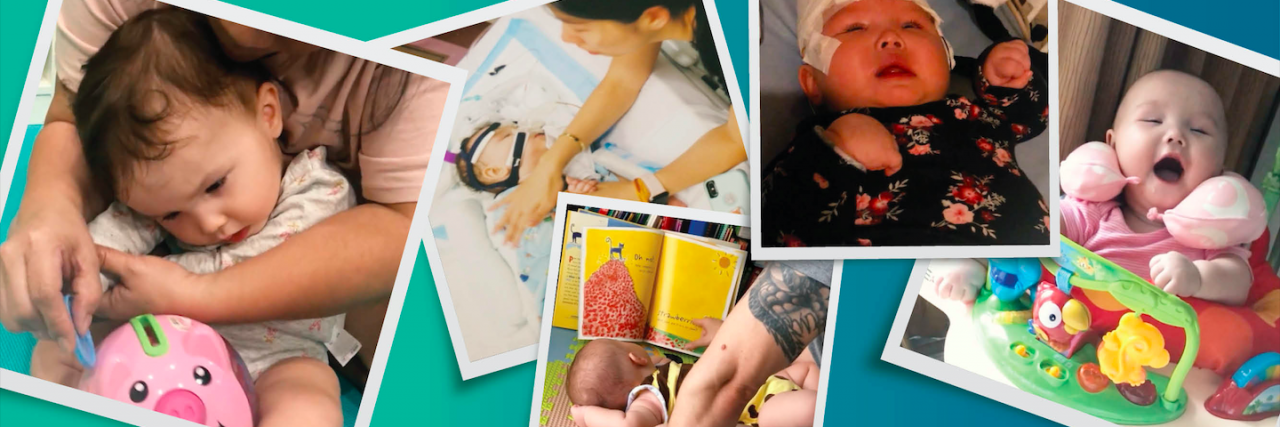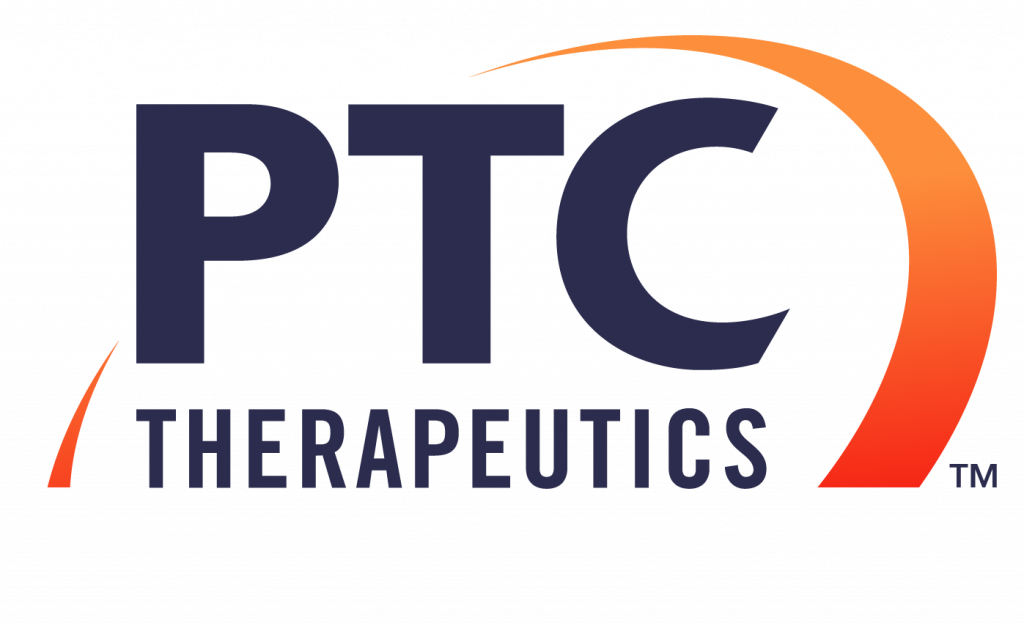How Our Family Supports Our Child With AADC Deficiency
Editor's Note
This article is sponsored and developed by PTC Therapeutics and depicts Richard and Judy Poulin’s personal experiences with AADC deficiency. This content is intended for U.S. audiences only.
My name is Richard and I met my wife, Judy, in Thailand. We both became international teachers and now we travel—we’re calling Bangkok home at the moment. Rylae-Ann is our daughter, and she has Aromatic L-amino Acid Decarboxylase (AADC) deficiency.
When Rylae was born, we had planned everything. We had planned so that Judy’s maternity leave coincided with the last four months of school. It was all perfect, the birth was perfect, and we were just very proud parents.
The symptoms came on gradually.
When we picked her up and cradled her, we would tell our friends, “Oh, be careful, her neck’s a little bit wobbly.” She had clenched fists and her eyes were always closed. Sleep was intermittent; Rylae would often wake up screaming. Obviously, these are newborn things that newborns do, but looking back, it was just a little bit more extreme. Those were little things that we now look back and we say, “Those were actually little red flags.”
But at the three-month mark when we started noticing what we thought were seizures, we became concerned.
Rylae was twisting her limbs, her eyes were crossing, and these episodes began to last longer. The most important thing we noticed was that this was occurring every three days, and seizures don’t happen like that.
Rylae was first diagnosed with epilepsy. They started with an electroencephalogram (EEG) monitoring the brainwaves to rule out cerebral palsy. After that, her diagnosis changed to dystonia.
We didn’t see another doctor until we had a hunch that she had AADC deficiency, and that was because Judy’s brother found a random post on Facebook saying, “These are similar symptoms.”
I had read research papers and found a doctor. We went to see this doctor and told him, “We think our child has this ultra-rare disease.”
We found out Rylae had AADC deficiency in December, so our journey was a little bit less than half a year to find out what she had.
I felt hope. There were answers. I already knew what this disease meant to us and our family and the long-term consequences for Rylae, but at least I had a plan.
Living with Rylae’s diagnosis
Once we had the diagnosis, we were still full-time caregivers, and our whole life revolved around Rylae.
She was very floppy, which we later learned is called hypotonia. She didn’t have any muscle to hold herself up. We had pillows on her neck, and, if we weren’t cradling her, she would just fall down.
Another symptom was anxiety. Sensory overload was common. Even the simplest things, such as trying to put her clothes on, could trigger an anxiety attack. Rylae’s mood was very difficult to manage, and she was always crying.
Judy was very good at distinguishing the cries. I remember she could tell me, “That’s a cry she wants to go for a walk.” or “She needs a change of diaper.”
Care was still around the clock. We still had to keep her close. We knew the anxiety. Just because we had the name of the disease didn’t mean the symptoms were going away. There was still a lot of work for us. But we just had to adapt our lives and take the knowledge that we did know about the disease and try to make the best of it.
Advice for families affected by AADC deficiency
I think one thing that I would offer myself is, “Involve others, don’t be afraid to ask for help, to get a support network established.”
Something I wish someone would have told me early on about being a parent of a child with a rare disease is that there is a much larger network where you can find support. When you hear the term “rare disease” you think of very small numbers; however, there is a big network of rare disease families, and together we can make a much larger number.
Having contact with other families in the AADC deficiency community has helped us a lot, and now we want to try to bring that same type of hope that we received early on back to the other families.
Watch an interview with the Poulin family and learn more about AADC deficiency at AboutAADC.com.


